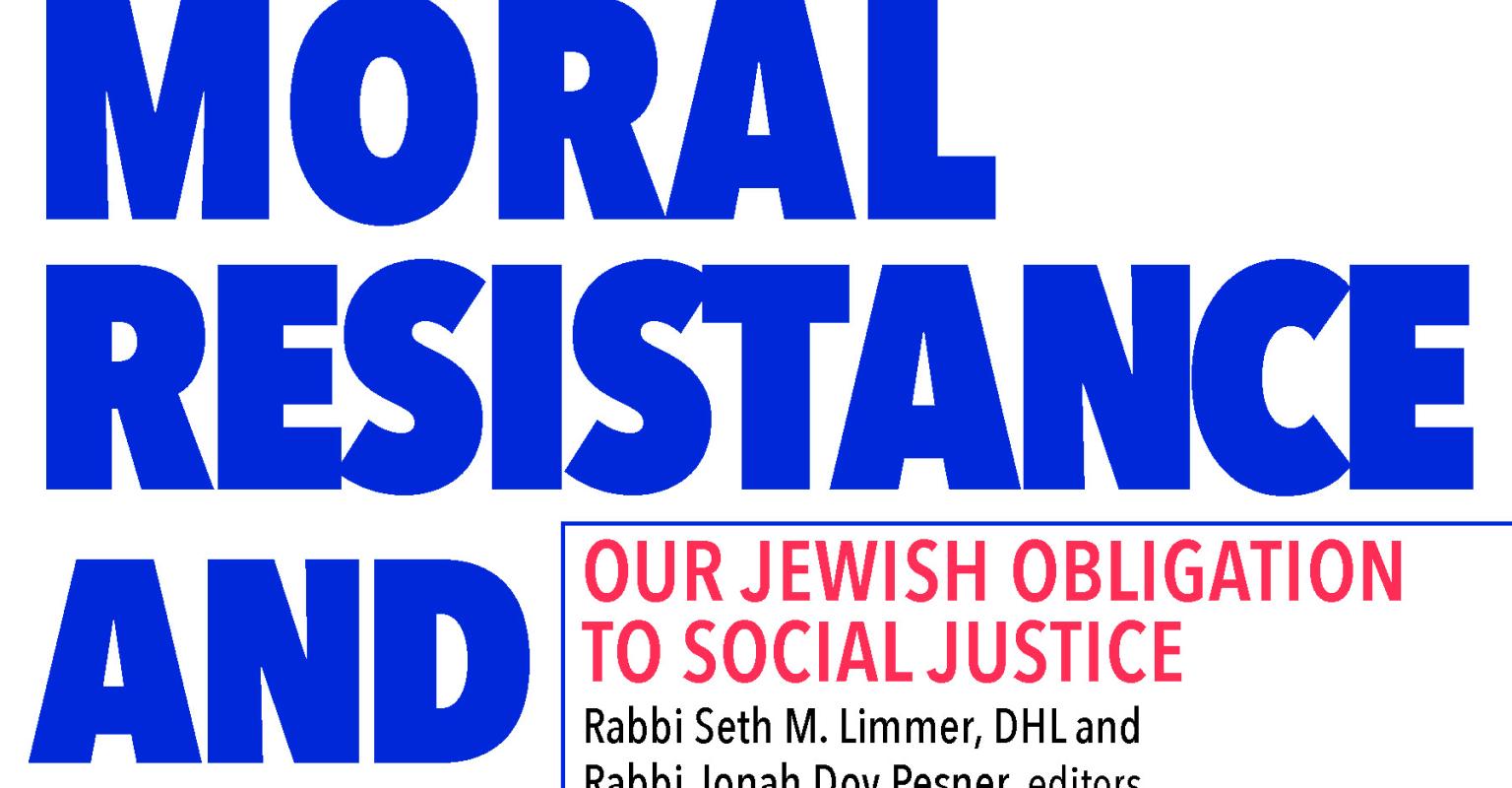Throughout history, artists have used art to document injustice as a form of activism and to provoke thought on issues happening in the world. Artists utilize their art to amplify and give voice to social and political issues through artistic activism. Artistic activism can spark social change using artistic approaches that provide a critical perspective on the world as it is but also by imagining the world as it could be. Artists can use the creative power of the arts to move us emotionally while rooting elements of activism in their work to bring about social change. During the Holocaust, creating artwork in secret was a way for Jewish victims to resist the Nazi regime. Many artists in the ghettos and camps risked their lives to produce art despite horrific living conditions. One of the motivations to produce art for these artists was to create eyewitness reports of the horrors going on all around them, as well as to resist the Nazis' systematic efforts to dehumanize, degrade, and diminish. Artists who were imprisoned in camps struggled to maintain their sense of self through art in the face of Nazi dehumanization, and their art also served to provide them with a reason to live and persevere. Spiritual resistance during the Holocaust is defined as attempts by individuals to maintain their humanity, personal integrity, dignity, and sense of civilization in the face of Nazi attempts to dehumanize and degrade them. Spiritual resistance also refers to the refusal to let anyone break one’s spirit even during the most horrible degradation. Cultural and educational activities, maintenance of community documentation, and clandestine religious observances are three examples of spiritual resistance during the Holocaust. Erich Lichtblau-Leskly’s artwork not only documented and recorded life in Theresienstadt, it also documented the people who lived alongside him and became a living memorial for those who perished there. As Holocaust survivor Elie Wiesel said, “For the dead and the living, we must bear witness.” These artworks speak to us across time, reminding us of those whose voices are no longer to be heard. LichtblauLeskly achieves a form of spiritual resistance through his artwork by documenting life in Theresienstadt through the use of satirical imagery playing on the cruelty of the Nazi’s treatment and giving humor a space when all else seemed bleak. By analyzing his artwork closely, the aim of this lesson is to have students gain a deeper understanding of Lichtblau-Leskly’s works as well as the ways in which art can be used as a form of spiritual resistance and activism.
- Arts and Culture
- Holocaust
- Day Schools and Yeshivas
- Teen Engagement
Discover more

This guide helps readers deepen their engagement with the text and put their social justice learning into action.

Discover exciting and engaging ways to share Hanukkah in the classroom in this step-by-step resource guide. Includes art project!

Discover exciting, engaging, and relevant ways to share Rosh Hashanah in the classroom.
